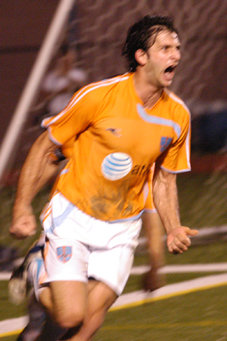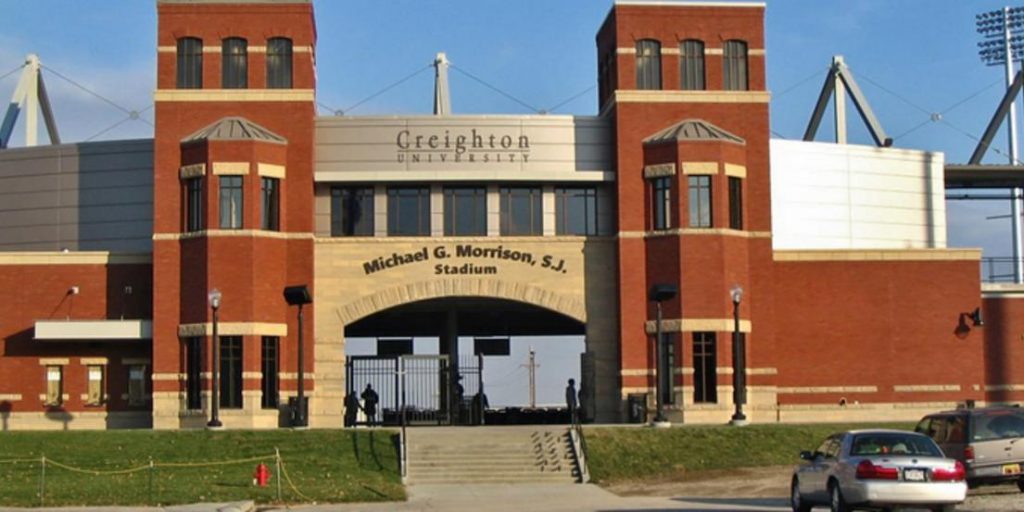Every year, TheCup.us introduces all eight of the USASA clubs who qualify for the Lamar Hunt U.S. Open Cup to American soccer fans everywhere.
The clubs profiled in this feature don’t often make headlines during the long qualifying process, but all of them have a goal once the tournament begins: to become this year’s Open Cup Cinderella story.





